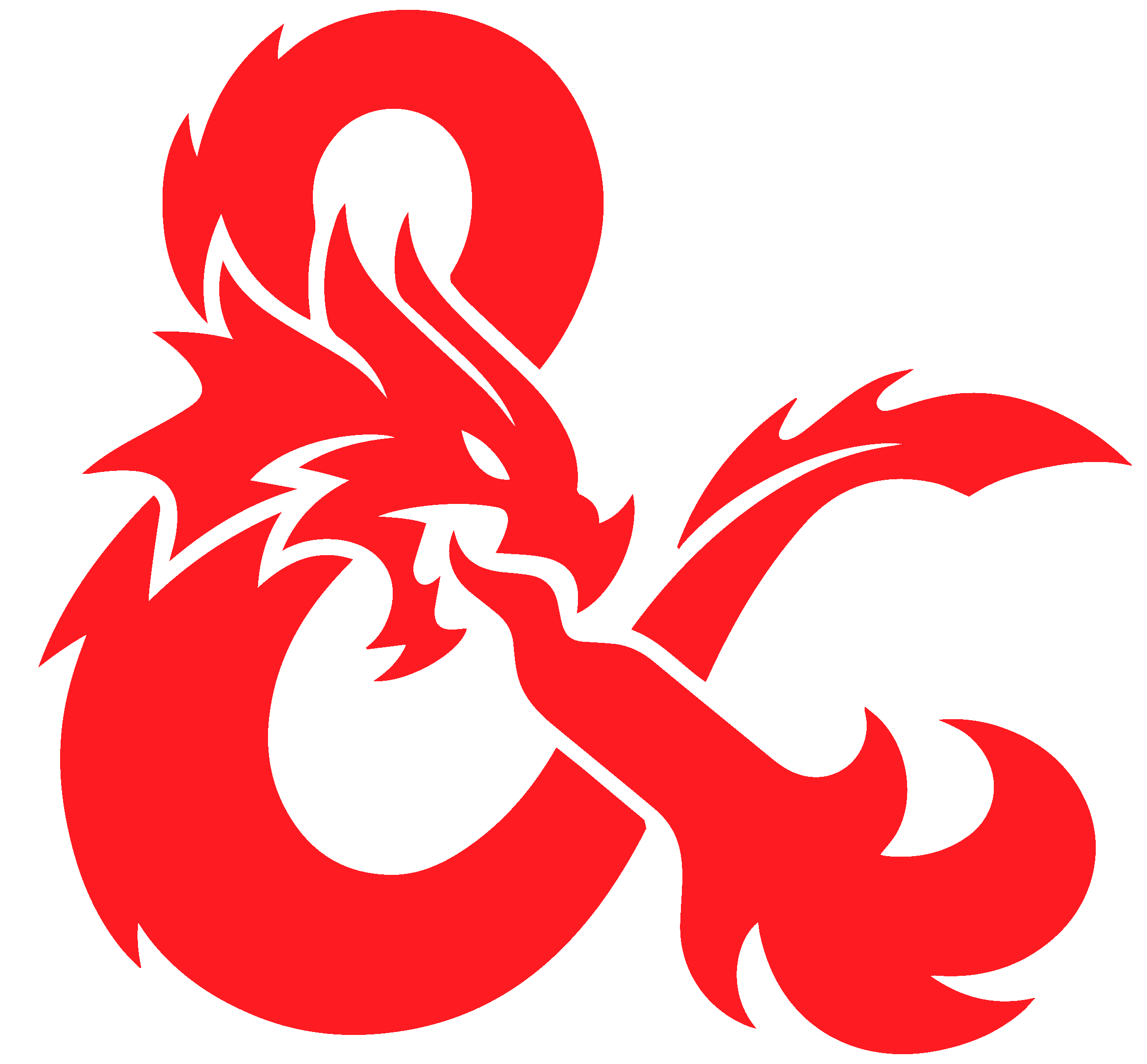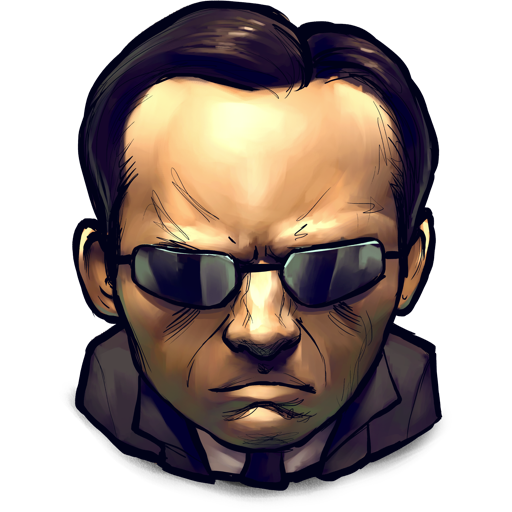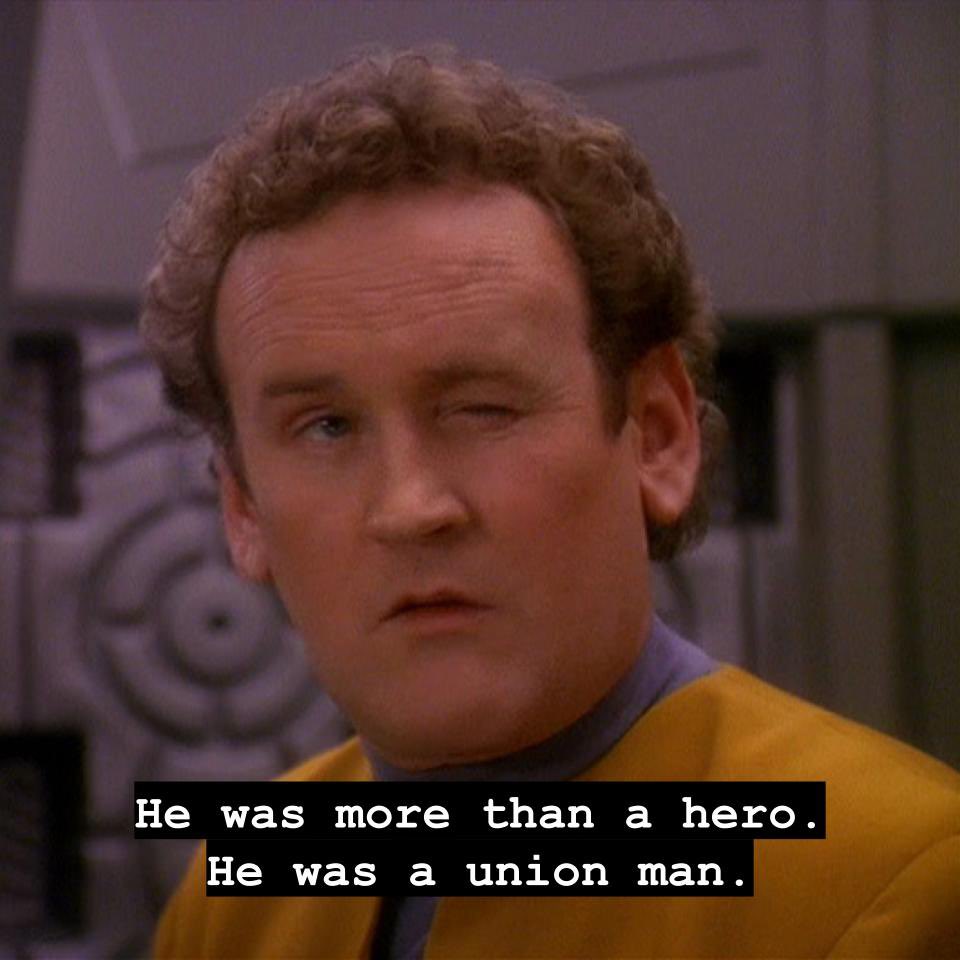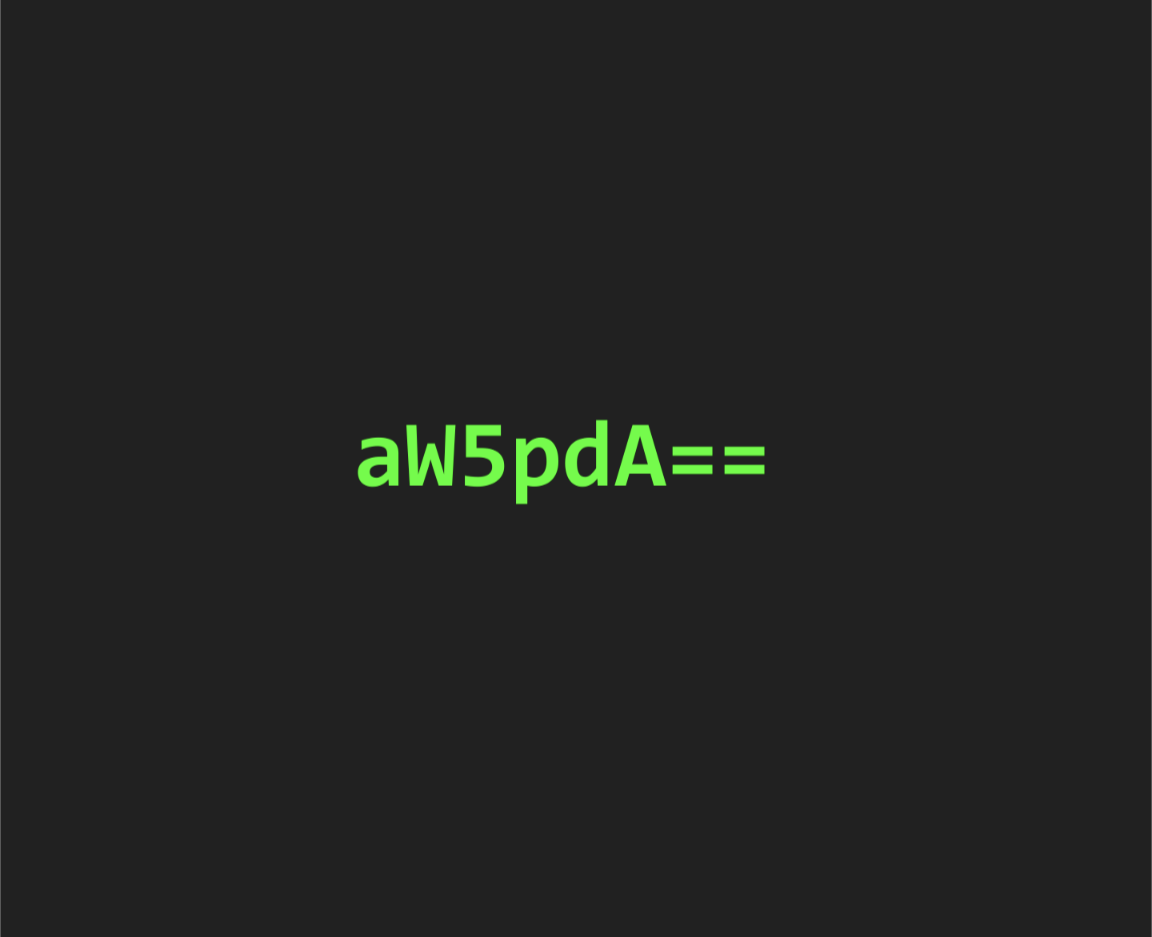So, after almost 2 decades I decided to 0lay DND again. Since I have been and always will be forever DM, I’ve been reading up.
I am very charmed about the idea of foundry (that I have a liscence to (what can I say, I’m impulsive)), but have no experience with.
So: DM’s and players that play locally: how do you play?
Do you do oldstyle pen and paper? Printed maps? 3d printed? Foundry for battle and the rest theatre of the mind? Weird combos?
Tell me and inspire me to navigate my fresh crew and myself through this new and perilous world.
Edit: did NOT expect so many reactions so fast here, loving it.
If we play in person, we mostly go with simple dry-erase marker on a battlemap. It is easy and flexible, although not very visually impressive
I do dry-erase markers on a battlemap, I use a laptop with vimwiki on it, I also hit tabletopaudio.com and play through a little bluetooth speaker. I don’t think I really have any other tools.
Roll20 as my VTT, but we do all audio and video over discord. My players all use dndbeyond for the character sheets, so we use the Beyond20 extension to bridge the two.
Maps mainly just for battles and bases, but I will sometimes use a roll20 map screen just to show an image to set the stage for theater of the mind. Lately I’ve been using Easy Diffusion to make some of those images.
I get my maps all over and make some (occasionally) with DungeonDraft. I’ve got a bunch of map and tile packs from DMs Guild, but I forget about them and search around for what what I need instead. I also always keep an eye on [email protected], subscribe to Cze and Peku, and will search the the battlemap subreddits when all else fails.
For notes I started using Obsidian with my most recent campaign. Being able to link and query is handy.
I use foundry and love it. I’ve switched to PF2E but ran 5e on there for about 2 years. It works great for doing a lot of automation for you and you can still throw up a background image for TotM scenes. Definitely my favorite method I’ve tried for our virtual group. Though when we have In-person sessions we still use foundry with eneryone on laptops because it’s so much easier.
That last bit is one of my problems.
The gang is ALWAYS together for things like this, never remote.
And foundry is not really local friendly I think.
Foundry works fine at the table! Check out this article: https://www.foundryvtt-hub.com/guide/using-foundry-for-in-person-gaming/
Wow, that is an excellent article. I’ve been wanting to try and host an In-person game for a bit but the whole “8 laptops” thing is a bit cumbersome. I think there is definitely a viable solution there to let people play from the couch and just hot seat with a laptop while the game is up on the TV.
Foundry makes a great information hub, even locally. All your DM handouts, their character sheets and notes, bags of holding, etc can live inside it. No more “who has X thing?”
I usually have a couple of maps set up for global use. One is the world/region map and I move a toke on it to show where the party is. Journal entries are pinned to locations and I reveal them as the party learns info.
Then I’ll usually have a map set up as essentially their “planning table” with all the info relevant to the current events, images, etc.
It’s set up so that even if we are running a combat in another map, they can swap back and reference something themselves if they want. I can always draw their attention back to the combat encounter map on demand if needed.
Also, if you also run 5e-tools it makes life even easier. You can import all sorts of things from 5e-tools into foundry with no need to spend time re-creating spells and items and such
In person, paper sheets, wet-erase map. Sometimes we use figures. Most of it we just use our imaginations. If I wanted to play a video game, I’d just play a video game.
Sometimes it do be like that. For me, the number game feels like a video game. When I am DM’ing giving the players freedom and being a bit lose makes a more interesting interaction.
My friends are lazy AF and we just have easy mode. The players just have stats and health and the dm does the same for his people.
Honestly we just like acting out silly situations and see what the dice say.
For dungeons, I do pre-drawn maps on grid paper, glued to cardboard, cut into tiles, per room, that I can place down as my players explore. I think having something like that makes the game more exciting and dramatic. It also lets me build more complex puzzles. My last map had minecart tracks all throughout that the players needed to use to move a piece of mining equipment to a certain spot to unlock a secret area. If I hadn’t had it prepared in advance, describing it specifically, or drawing it on a whiteboard, would have made it too obvious, I think.
For more open stuff though, like exploring a large aboveground region, or minor standalone encounters, I think theatre of the mind works well, and saves prep time, which is important. For games that rely more on the battle map, like PTU, which is what I actually GM, something like a dry erase board with a grid works well in these cases.
Love how you made an analog fog of war.
Thanks! I prefer it to just covering the map with sheets of paper, because it doesn’t give an indication of which way the dungeon goes or how big it is. It also makes it easy to transport the whole dungeon if I need to, because all the pieces can just go in a folder
Playing in person, I made a lot of papercraft maps and items to get a very 3D feeling on the cheap. It was a lot of work, but my players loved it.
My current game is fully remote, and I’m finding I like creating digital stuff for Foundry even more than I liked papercraft. For non-combat stuff I set up splash screens with a piece of art showing the location, and then pop-up insert images with portraits of NPCs they meet. When it comes to combat, there are lots of really quality battlemap creators out there, with a lot of free options.
The popup is a cool idea.
I tend to do theater of the mind for probably two thirds of my play sessions.
In combat I use a folding dry erase grid, some coins and markers to whip a board. If I have time to do a bigger fight I might prep some verticality by hot gluing some cardboard together. Having the terrain being low cost and effort gives me the option of breaking it down mid combat.
I’ve been running a Star Wars DnD campaign since mid 2020. The 5e rules module incorporating SW5E.com content is top notch. It allows me to easily create battles with tons of low level minions that my players absolutely love mowing down.
How do I plan sessions? My campaign is less of an open world and more of a story. I always try to set up any puzzle/combat/scenario so that there are three ways to solve it. 1) way of the warrior (players just want to kick in doors), 2) way of the scholar/mage (players find a secret that allows them to mitigate or more easily defeat the boss), and 3) way of the scoundrel/investigator (a hidden exploit that allows them to completely bypass or nullify the problem).
I try to follow this strategy in fights, social intrigue, investigations, and so on. It can be as simple or complex as you want, although the more complex it is, the more likely your players will miss it. Many times it comes down to if-then analysis. I’ll describe a scene, my players will describe how they want to interact with it, and then I’m forced to think about how things would be in relation to what they want to try. Sometimes I will roll percentage dice to see how close the scene is to what players described (usually reserved for theater of the mind).
As far as setting up battlemaps, I’m really lucky. I’m a subscriber to
, and he has a knack for creating map offerings of exactly what I need a few weeks to a month before I need it. I will try to set up each map prior to the session, and populate it with bad guys and so forth. Ctrl+C and Ctrl-V copy/paste.selected light objects and is a huge time saver. I do use multi-level maps, but sometimes stairwell and elevator tiles can be finicky when it’s game time, so I have to rest those maps thoroughly before using them (and even then half the time they are broken anyway). I also use ChatGPT for creating random NPCs, shop owners, minor party characters, etc.
Bottom line, FoundryVTT and ChatGPT have allowed me to save HUGE amounts of time with scene creation and NPC stat blocks so that I can focus on the story plot, and then allows a LOT of automating battles. This allows my players to feel epic and like the world is their oyster.
How, how do you use chatgpt for scene creation …
Asking for my players.
I don’t use ChatGPT for scene creation, but for creating stat blocks for minor NPCs. My scenes are all handwritten in a notebook unfortunately. I keep telling myself someday I will digitize them into PDFs/modules, but I’m at about 3 years of content right now 😬
There are a few good creators on r/battlemaps that have patreon subs available (with many freebies too on that subreddit). I also have purchased dungeondraft, but as of yet have not delved into creating my own maps. I generally find something “close enough” and then tell my players what specifically is different in the scene should it come up.
I use foundry and love it.
I have it highly configured - content is imported from DNDBeyond. Combat is mostly automated. The players choose a target and click their attack or spell, and Foundry automatically rolls the attack, compares against AC and auto-rolls and applies damage on a hit. AOE effects let the player place a template.
Handouts are neatly organized in the Journal tab and I also make playlists that auto play when I move us to a new scene (e.g. activating a random encounter scene starts my combat playlist on shuffle).
My players love it. With that said, I’m a software developer by profession, and all these things take a ton of work to get going and can be buggy at times.
Other non 5E games sometimes have great official support on Foundry, but for 5E you’re on your own.
So, when you guys play in person, how do you let foundry do the work other then scenery and mood making?
For the game I run, we’re just remote, even though we’re all in the same town and could be in person. For the group I’m a player in, we sometimes do remote, sometimes in person. When we play in person, then DM keeps Foundry on the TV. We bring laptops so we can interact with it.
As a side note one of the things I love about Foundry is how well it pairs with Dungeondraft, which is also purchase-once rather than subscription based. Makes it really easy to have custom maps
Roll20
I haven’t played in person in a while. I have a wet-erase map and some markers, and a small starter set of minis from an old 4th edition box set. If I were to run in person again though, I would probably just find a way of integrating Foundry, like maybe hooking up a TV for the players to look at, and separately using a laptop for the DM view. Foundry just makes things so much easier. Although if I was in person, I’d probably let people roll their actual dice instead of using the virtual dice.
When I was a player, my DM would print out whatever battle maps he needed and laminate them for the dry erase marker. An even more adaptable version of that would be a clear plastic sleeve or cover placed over the paper, so you could have a variety of maps handy and swap them out as needed.
Now as a DM myself I use my iPad and the procreate app, which works fairly well. I can have a ton of maps ready to go for both battle and exploration, and a bonus is that I also have an easy way to hide and reveal parts of the map using layers. There’s an iPad app called encounter+ that’s specifically for running combats off of an iPad, but it has some features locked behind a paywall and a bit of a learning curve, so I haven’t used it myself.






